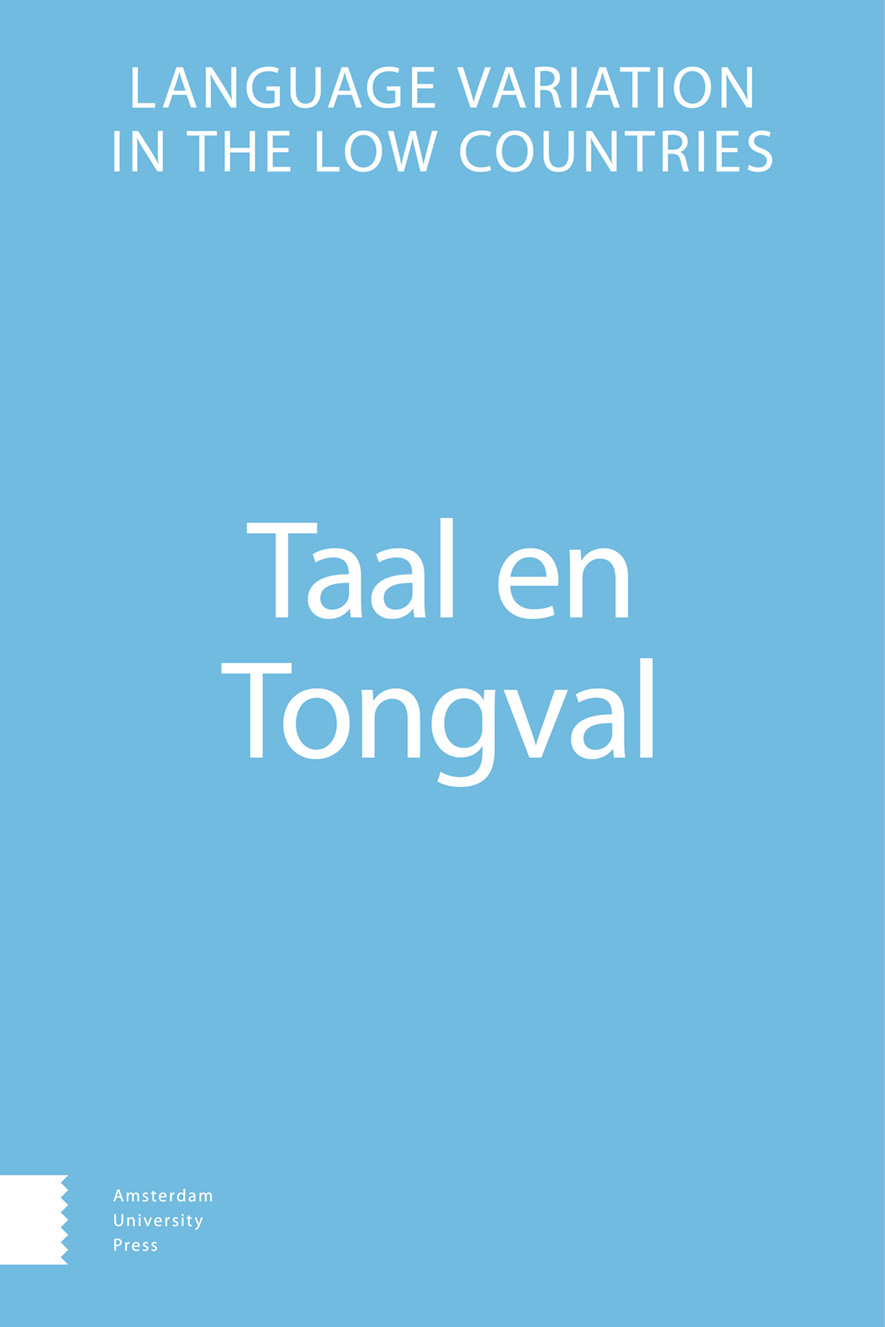-
oa Taalcultuur: Talen in beweging
- Amsterdam University Press
- Source: Taal en Tongval, Volume 65, Issue 2, jul. 2013, p. 125 - 147
- Vorig Artikel
- Inhoudsopgave
- Volgend Artikel
Samenvatting
This paper aims to encourage the interdisciplinary study of ‘languaculture,’ an approach to language and culture in which ideology, linguistic and cultural forms, as well as praxis are studied in relation to another (cf. Cornips et al 2012). It focuses on the construction of local and regional identities in Limburg and the linguistic political context of this Southern-Netherlands region where people are strongly aware of their linguistic distinctiveness. This contribution addresses the impact of globalization processes and mobility of speakers resulting in new and complex patterns of cultural and linguistic encounters. Since globalization does not only affect dominant areas, we need a new understanding of language and identities in peripheral areas in Europe (cf. Cornips et al. 2012). Although dialects are traditionally seen and analyzed as something that anchor people in a local context, speakers have become translocal i.e. people and the ways in which they speak are on the move (cf. Quist 2010). In this paper, in contrast to dialectology and dialect atlases based on modern linguistic theoretical insights like the Atlas of the Dutch Dialects (SAND), place is not conceived in objective, physical terms but instead as an emic, culturally defined category (Johnstone 2004). The process of place-making provides insight in how people categorize themselves and others through languagecultural practices.


